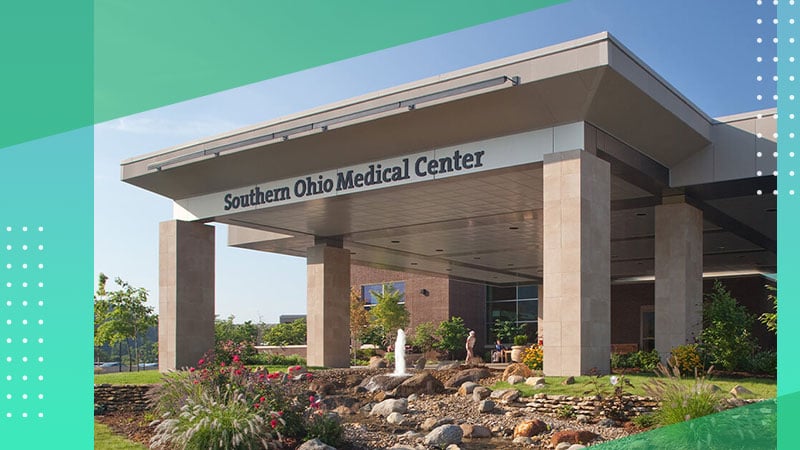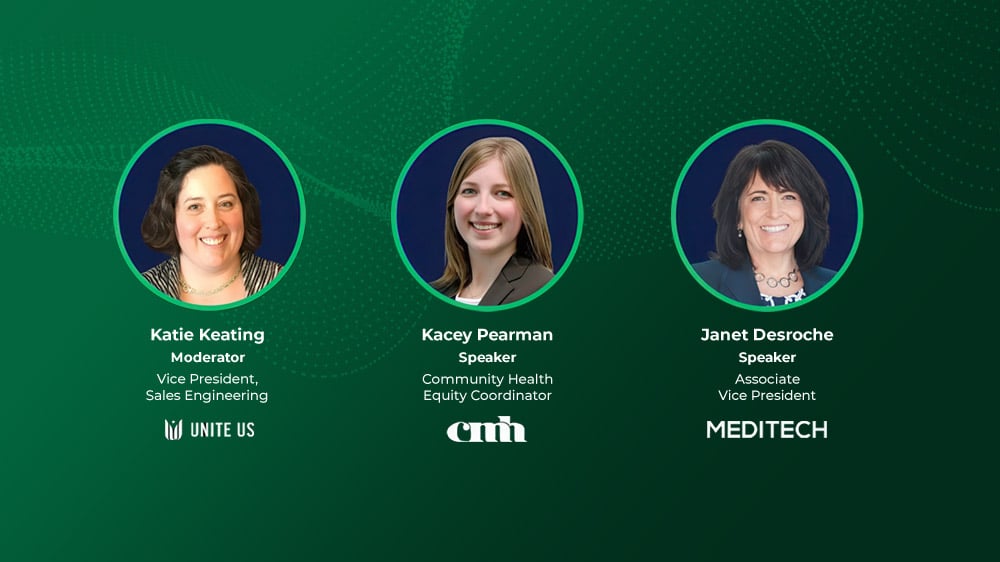
One of the most rewarding things about working in healthcare is the opportunity to make a difference — for patients, for the populations we serve, and for the people we work with. Working in a field where change can come in the blink of an eye, I’ve learned that there is no substitute for a solid quality strategy.
A little more than a year ago, I was presented with the opportunity to oversee Southern Ohio Medical Center’s clinical integration and quality strategy. As the former director of nursing, it was an entirely new role for me, and I was willing to do what Southern Ohio Medical Center needed me to do.
My career shift came at an important time for SOMC, a rural health system and magnet hospital serving eight counties and a diverse patient population based in Portsmouth, Ohio. We had just implemented Expanse to be our single integrated health record. To better serve the community, we needed to make the most of our IT investments — by supporting value-based initiatives to improve care for our patients.
Almost immediately, our technology and strategy were put to the test with the COVID-19 pandemic. We recognized within a few months that we needed help to manage all the challenges — from COVID-19 patient statistics to vaccine administration. To make sure we got things right, we worked with MEDITECH Professional Services to create custom COVID-19 dashboards that would support our efforts.
These dashboards have been an essential tool for SOMC in managing COVID-19. We are now able to keep our organization informed on the current state of our patients and anticipate our needs in advance of a virus surge. We can also track our vaccine stock and easily identify when patients are eligible to receive their dose. In addition, this dashboard has helped us communicate with our administration, as we can instantly pull up a dashboard to illustrate why spending increased to meet the anticipated volume of patients.
Another key component of our quality strategy is to leverage all of the tools we have at our disposal. When we began our system implementation, MEDITECH introduced us to the concept of EHR Excellence Toolkits, which include recommended workflows to help us stay ahead of conditions like sepsis, CAUTI, and hypertension. While many organizations choose to start with just one or two toolkits, we decided to go all in and implement the majority of them at once as part of our Go-LIVE. Now, after seeing preliminary results, we are very glad we did.
The Opioid Stewardship Toolkit is one that has really made a difference. In the early 2000’s, Portsmouth, Ohio became the epicenter for pill mills, and the region became one of the top opioid prescribers in the country. So it was important for us to introduce Expanse’s Opioid Stewardship Toolkit, which has helped us address our post-operative prescribing habits. Now, we are taking this initiative a step further and working on a custom dashboard that can identify better ways of managing pain in the ambulatory and acute care settings.
At SOMC, we realize that finding a better way to care for our patients will always be a part of our quality journey. Healthcare is ever changing and there will always be barriers and challenges. But with great teamwork, a quality strategy and powerful technologies in hand, you can overcome those difficulties and be ready for anything that comes your way.
Learn how MEDITECH helps organizations navigate the digital transformation in healthcare.



.jpg)
